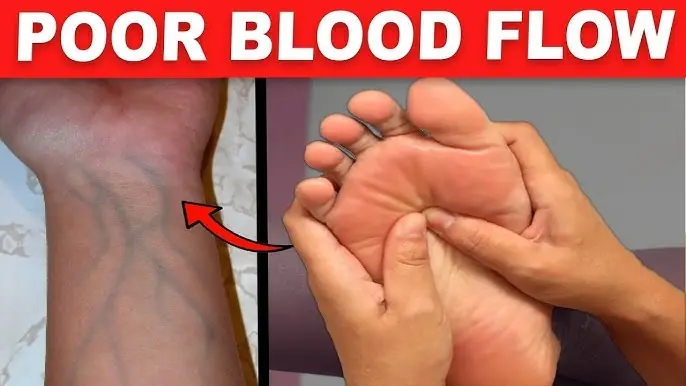
Your legs have a “second heart” — and one simple move can reactivate it fast

Did you know you actually have two hearts working in your body right now? It sounds unbelievable — but it’s true. While the one in your chest does the heavy lifting we all know about, there’s another vital pump located in your lower legs. It’s called the calf muscle pump, and it’s so important for your circulation and overall vitality that scientists often refer to it as your “second heart.”
Most people have no idea this internal system even exists, let alone how to activate it. But once you understand how it works — and learn the simple, five-minute movement that reawakens it — you’ll never look at your legs the same way again.
Why Your “Second Heart” Matters
In today’s world, we spend much of our lives sitting — at a desk, in a car, or on the couch. This sedentary pattern effectively puts your second heart to sleep, causing blood and fluid to stagnate in your lower legs. Over time, that leads to symptoms many people shrug off: swollen ankles, cold feet, fatigue, heaviness, and even mental fog.
Your body is designed for movement. When your calf muscles lie dormant, gravity wins — blood pools in your legs, oxygen delivery drops, and your brain and organs suffer. But the good news is that this process is reversible. With a few minutes of focused motion each day, you can reactivate your calf pump, boost circulation, stabilize blood sugar, enhance brain function, and restore vitality from the ground up.
What Is Your Second Heart — and How It Works
Your calf consists mainly of two powerful muscles: the gastrocnemius, the large curved one you can see, and the soleus, the deeper, flatter one beneath it. Together, they act as a biological pump that works in perfect rhythm with your heart.
Your heart pushes oxygen-rich blood down through your arteries — but that blood must fight gravity to travel back up. That’s where the calf pump comes in. Every time you walk, rise on your toes, or flex your ankles, your calf muscles contract, squeezing deep veins that run through your legs. This creates pressure that propels deoxygenated blood upward.
Veins contain one-way valves that open when you move, letting blood travel toward your chest, and close when you rest, preventing backflow. This clever system ensures continuous circulation — but it only works when your muscles are active. Without it, blood stagnates in your lower extremities, setting off a chain reaction of problems.
The Risks of a Sleeping Second Heart
When your calf pump weakens due to long periods of sitting or inactivity, gravity starts to take over. Blood and lymphatic fluid collect in your legs, causing swelling, heaviness, and aching. Over time, this condition — known as venous stasis — increases pressure inside your veins, weakening the delicate valves that keep blood flowing upward.
Eventually, this can develop into chronic venous insufficiency, where blood continually pools, leading to varicose veins, spider veins, and leg discoloration. In severe cases, it can even contribute to deep vein thrombosis (DVT), a dangerous clot that can travel to the lungs.
A weak calf pump can also cause orthostatic hypotension — that dizzy, lightheaded feeling when you stand up too fast. When your second heart isn’t helping push blood upward, your brain receives less oxygen during postural changes, resulting in that brief head rush.
How to Reactivate Your Second Heart
The best part? You don’t need special equipment, a gym membership, or even much time. This simple rocking exercise wakes up your calf pump and can be done anywhere — at your desk, while brushing your teeth, or even waiting for your coffee to brew.
Standing Version
-
Stand tall, holding onto a wall or chair for balance.
-
Rise slowly onto the balls of your feet, lifting your heels as high as comfortable. Feel your calves tighten. Hold for 3 seconds.
-
Lower your heels back down slowly.
-
Immediately rock back on your heels, lifting your toes off the floor. Hold for 3 seconds.
-
Return to a flat-footed stance — that’s one full rep.
Repeat 15–20 times for 2–3 sets daily. Move slowly and deliberately to maximize the contraction of both the gastrocnemius and soleus muscles.
Seated Version
If standing isn’t an option, you can still get excellent results sitting in a chair. Keep your feet flat on the floor and perform the same movement — lift your heels, then your toes, holding each for three seconds. You can even rest your hands on your calves to feel the pumping action.
The Blood Sugar Connection
Here’s where it gets fascinating: the soleus muscle has a unique metabolic power. Unlike most muscles, it can absorb large amounts of glucose (blood sugar) directly from the bloodstream without relying on insulin — a process known as non-insulin-mediated glucose uptake.
For people with insulin resistance, prediabetes, or type 2 diabetes, this is a game-changer. Activating your soleus through the calf-pump exercise helps lower blood sugar naturally, reducing metabolic stress on the body and improving energy levels throughout the day.
Researchers have found that consistent activation of the soleus muscle can stabilize blood glucose and enhance whole-body metabolism — even in those with impaired insulin function (Journal of Applied Physiology, 2023).
Boost Circulation, Brain Function, and Blood Pressure
Activating your second heart doesn’t just benefit your legs — it improves your entire body’s circulation. The rhythmic contraction of your calves pushes oxygen-rich blood upward, which enhances cerebral blood flow. That means more oxygen and nutrients reach your brain, helping you think clearer, stay focused, and reduce mental fatigue.
This movement also stimulates baroreceptors, tiny sensors in your blood vessels that help regulate blood pressure and heart rate. A well-tuned baroreceptor response leads to better cardiovascular stability, improved heart rate variability (HRV), and reduced stress on your heart.
A Full-Body Reset: Strength, Detox, and Longevity
Though it targets your calves, this exercise provides a whole-body tune-up. When done standing, it subtly engages your core, hips, and posture muscles, improving balance and coordination.
At the same time, reactivating your calf pump supports your lymphatic and renal systems — helping your body filter waste, remove toxins, and circulate immune cells more efficiently. Improved circulation means more oxygen to your organs, faster recovery, and a noticeable lift in energy and vitality.
Think of it as pressing your body’s natural “reset button.” By training your second heart, you’re supporting your primary one — and everything connected to it.
Final Thoughts
Your body is an extraordinary interconnected system, and your legs are one of its unsung heroes. The discovery of the “second heart” in your calves is a reminder that small, mindful movements can create enormous health benefits.
You don’t have to live with heavy legs, cold feet, or fatigue. Just five minutes a day of targeted movement can reawaken your body’s natural circulation pump, clear your mind, and strengthen your heart — both of them.
When you move your legs, you move your life. It all starts from the ground up.
News in the same category

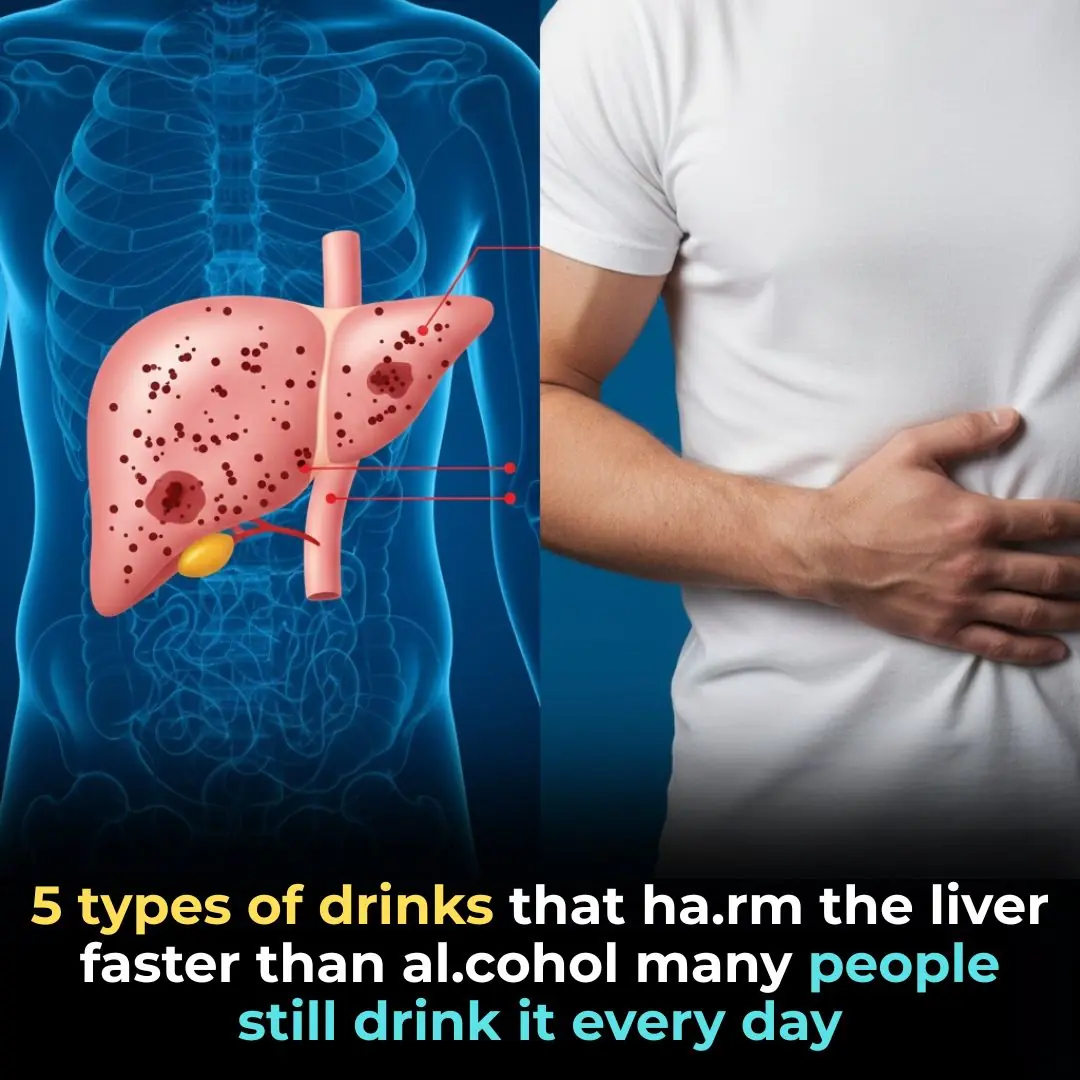
Common Drinks That Can Be Bad for Your Liver
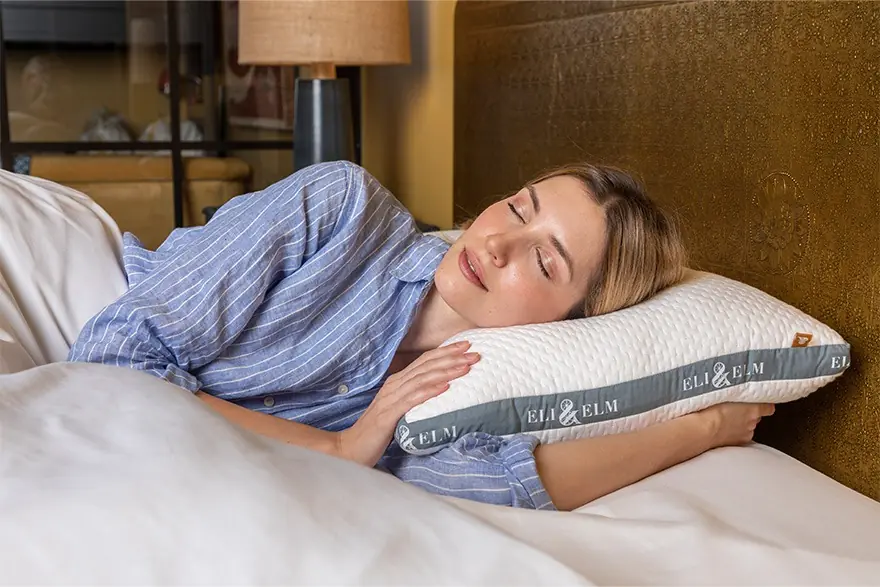
Do you sleep on your side? Here's the powerful effect one simple change can have on your body
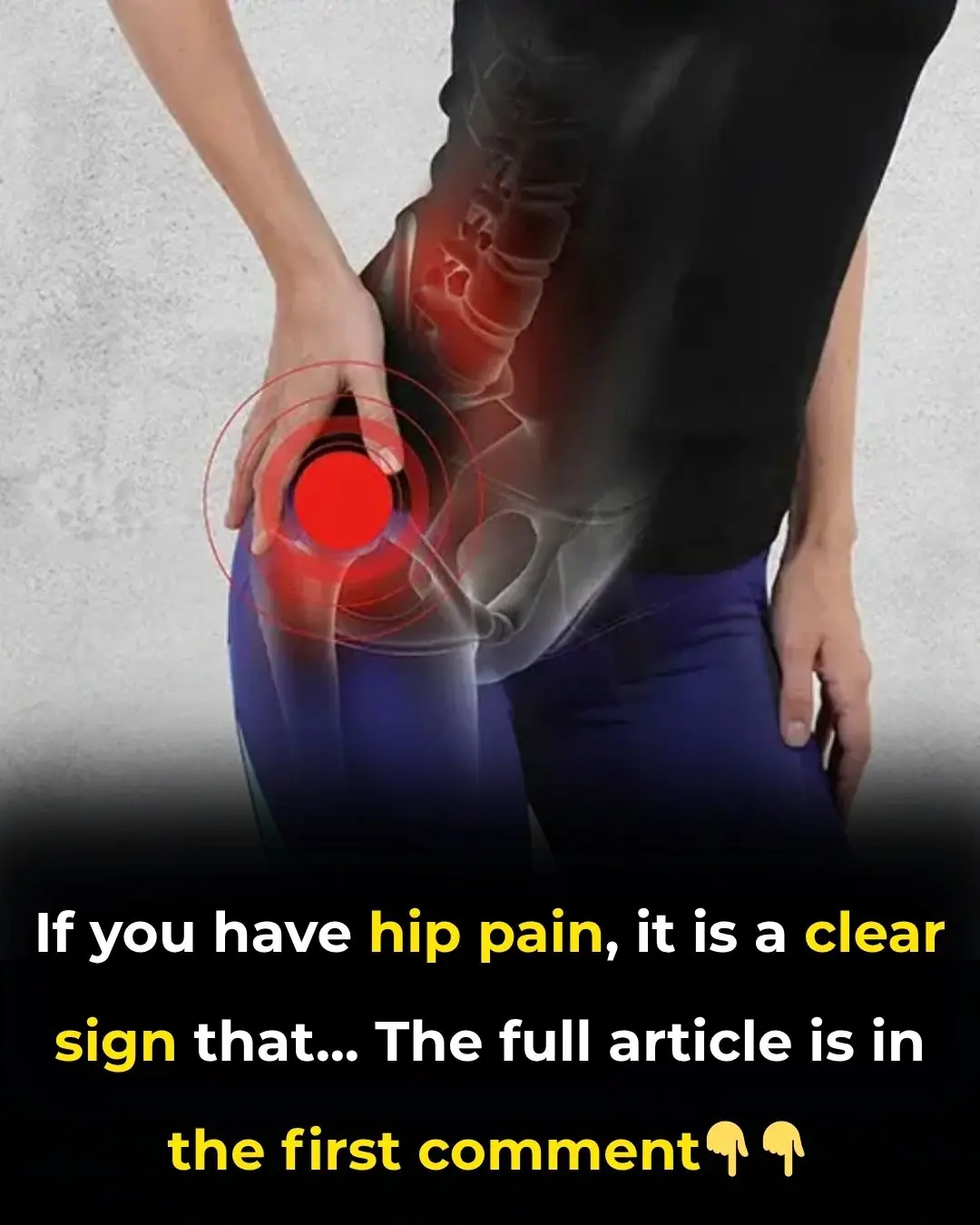
🦴 Hip Pain: What Does It Mean? Common Causes & When to Seek Help

🌙 9 Signs of Diabetes That Appear at Night — What You Should Know
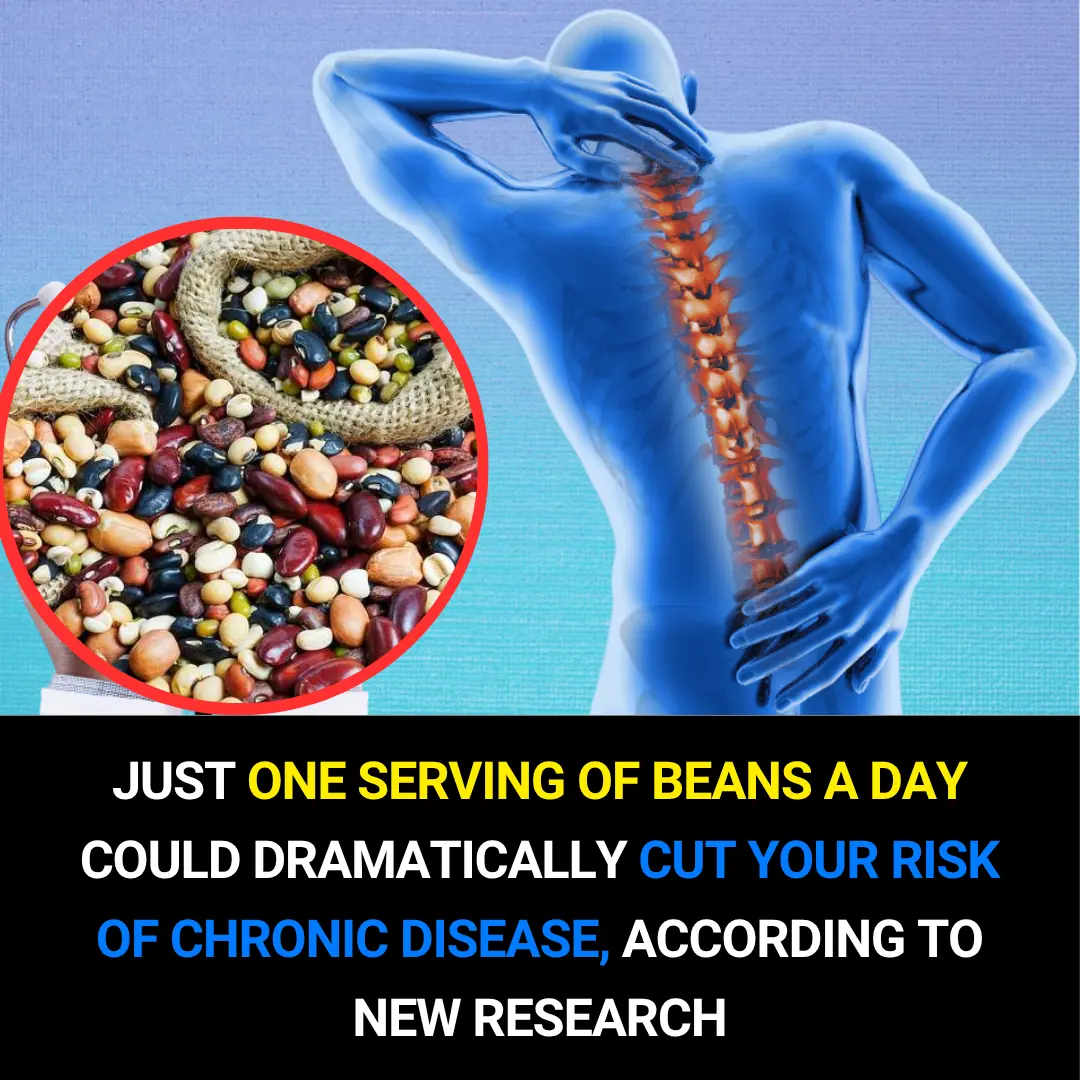
Eating Beans Daily Slashes Your Risk of Heart Disease and Diabetes, Study Finds
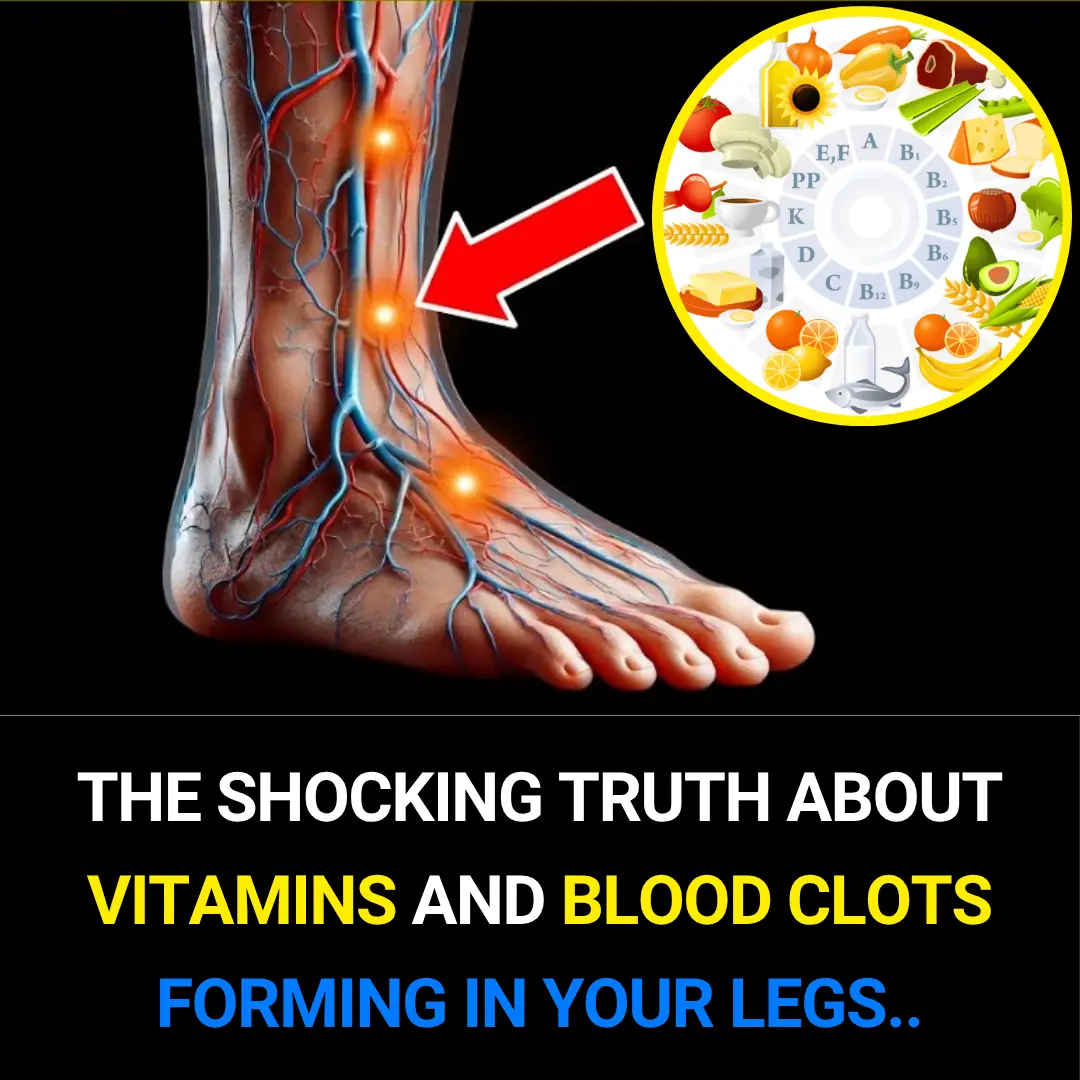
The Shocking Truth About Vitamins and Blood Clots in Your Legs
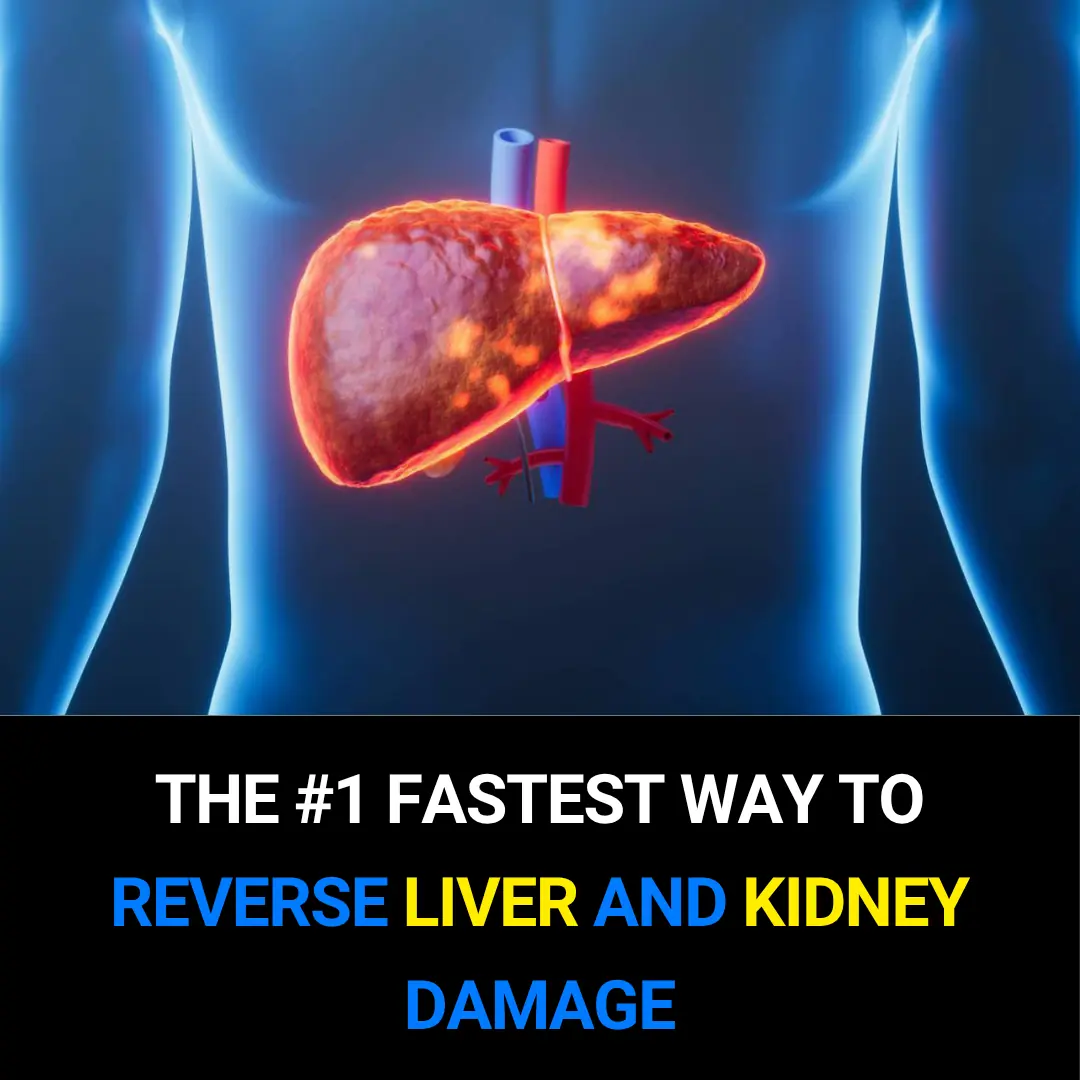
The #1 Fastest Way to Reverse Liver and Kidney Damage
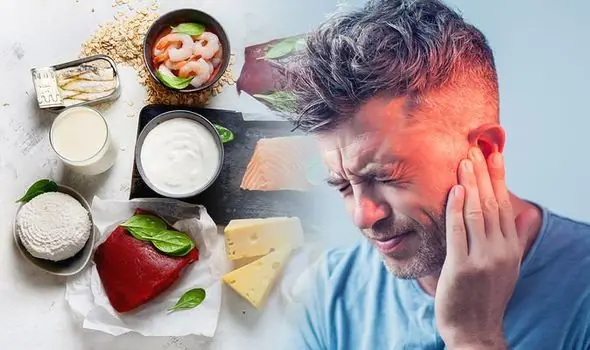
Health Problems That Improve with Vitamin B12 (and How to Use It)
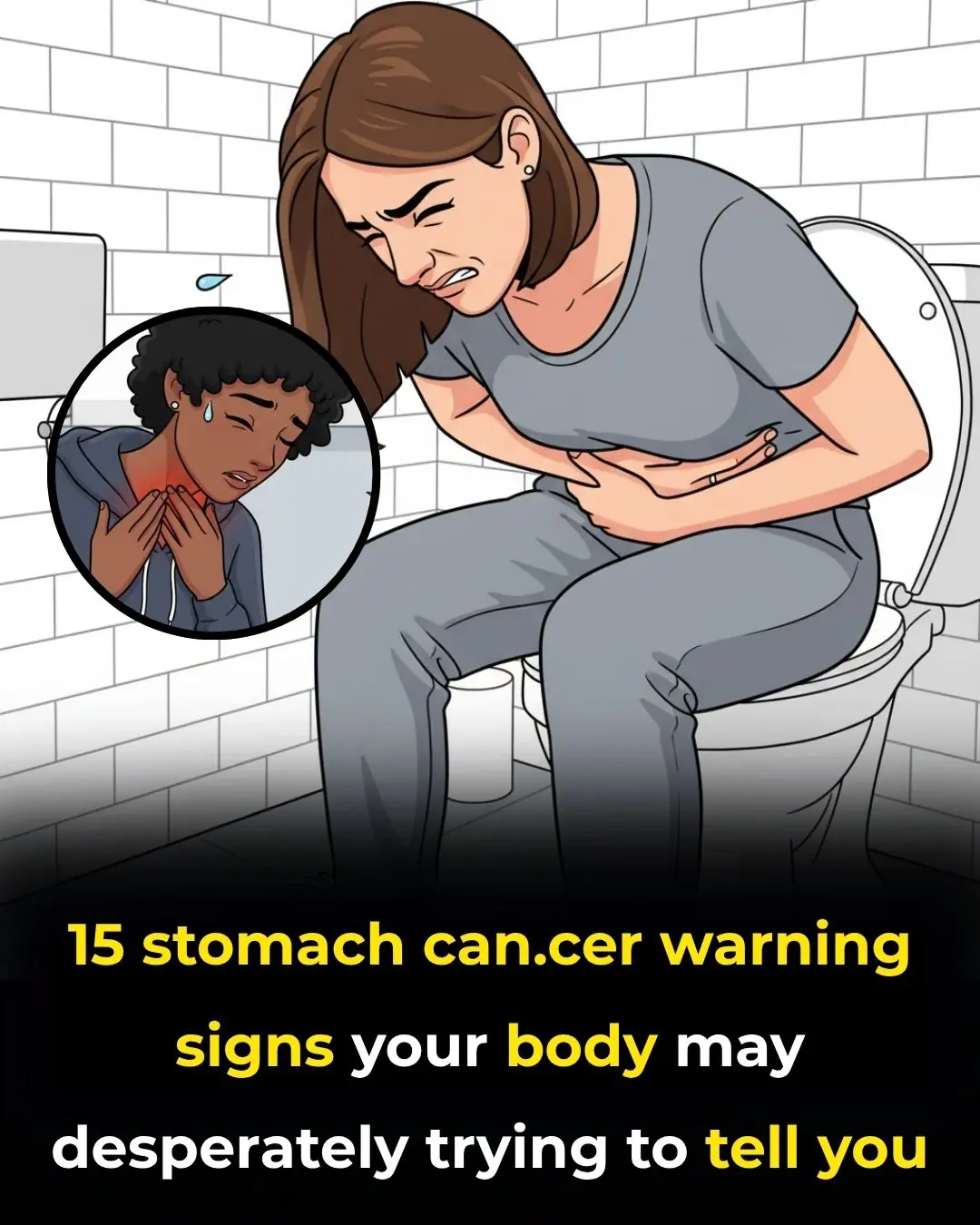
Stomach Can-cer: The “Silent Disease” You Shouldn’t Ignore
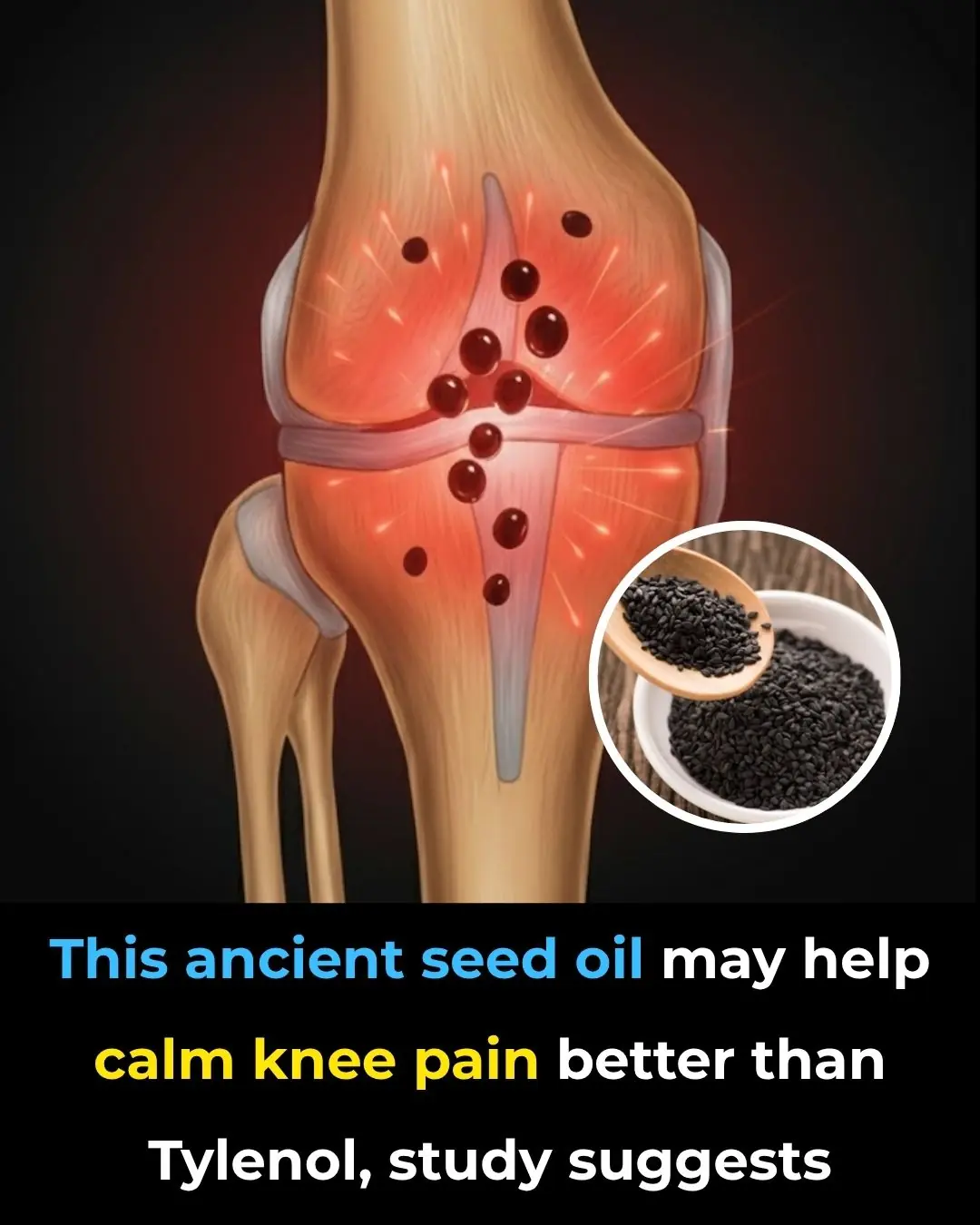
This ancient seed oil may help calm knee pain better than Tylenol, study suggests
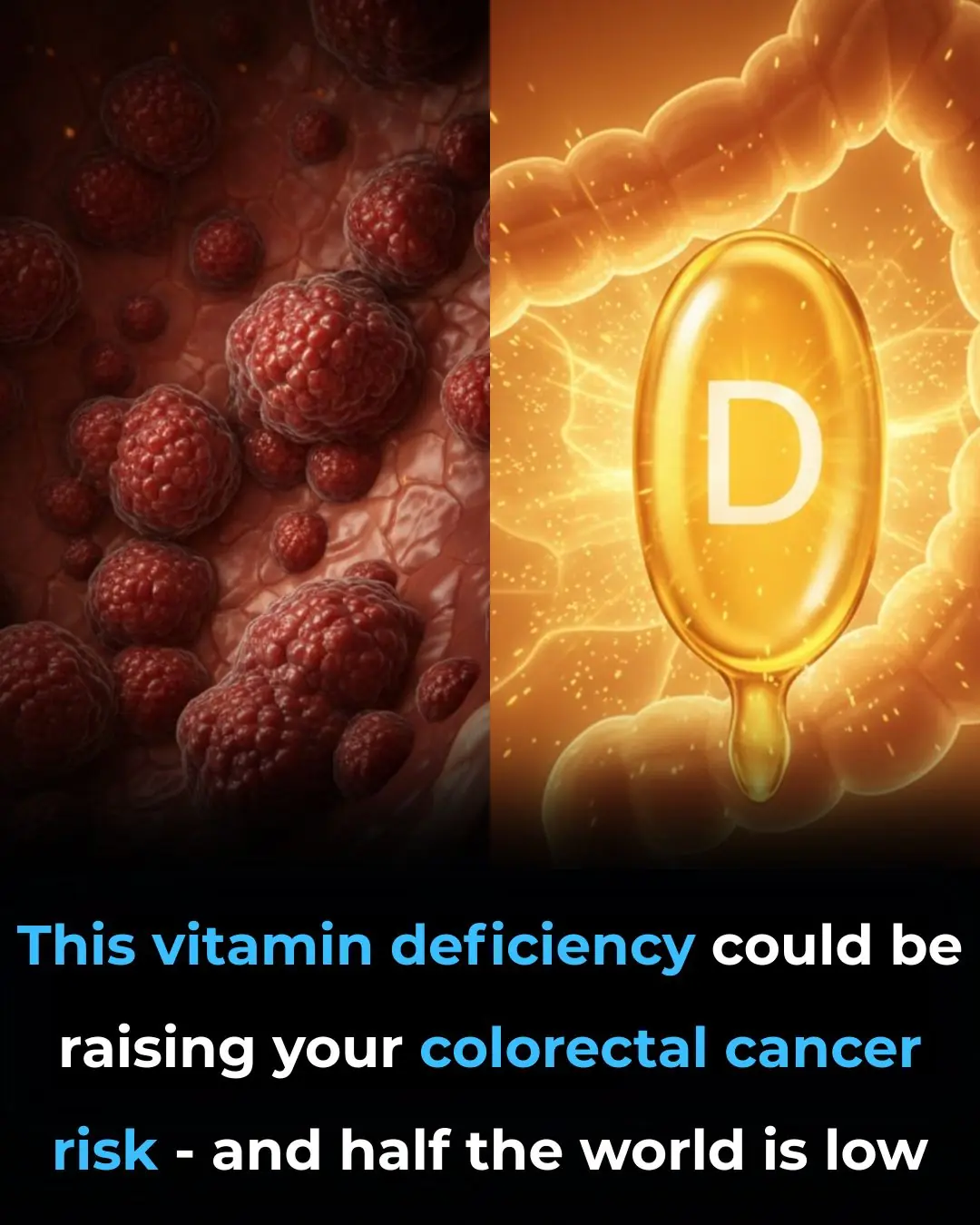
This vitamin deficiency could be raising your colorectal cancer risk — and half the world is low

Tomato Extract: Better And Safer Blood Thinner Than Aspirin

12 warning signs of heart failure you should never ignore
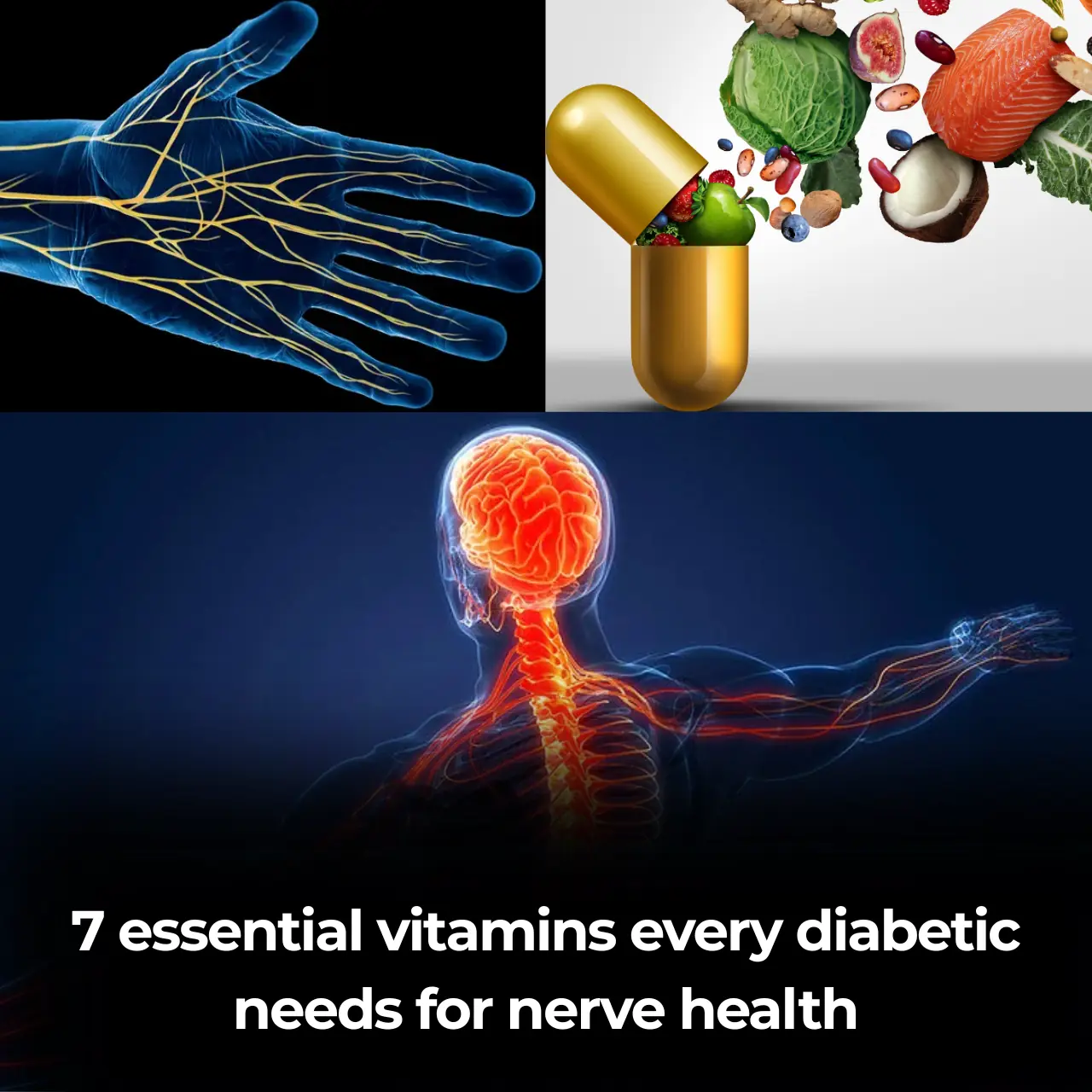
7 essential vitamins every diabetic needs for nerve health

Why You Should Start Using Coconut Oil as a Toothpaste
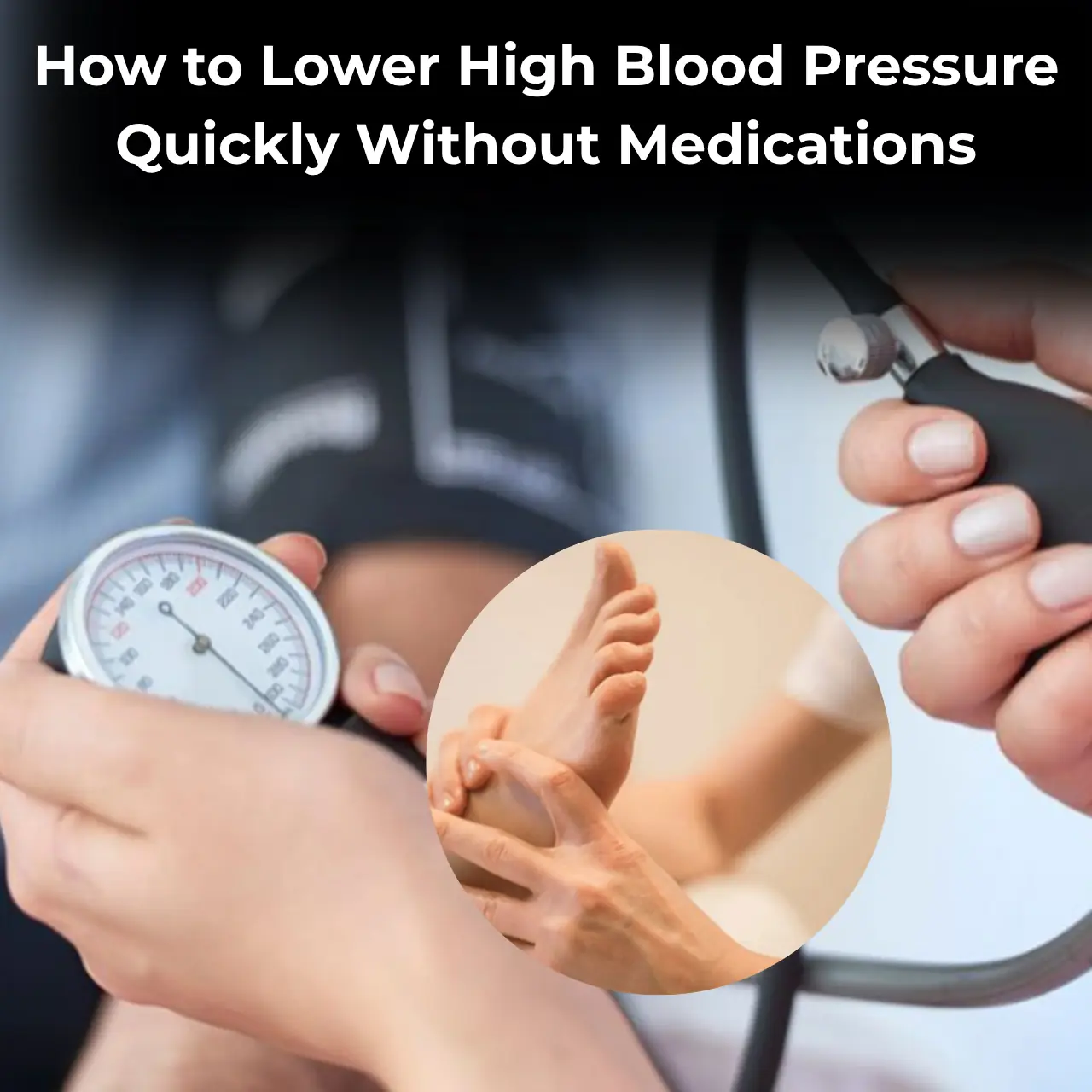
How to Lower High Blood Pressure Quickly Without Medications (Evidence Based)
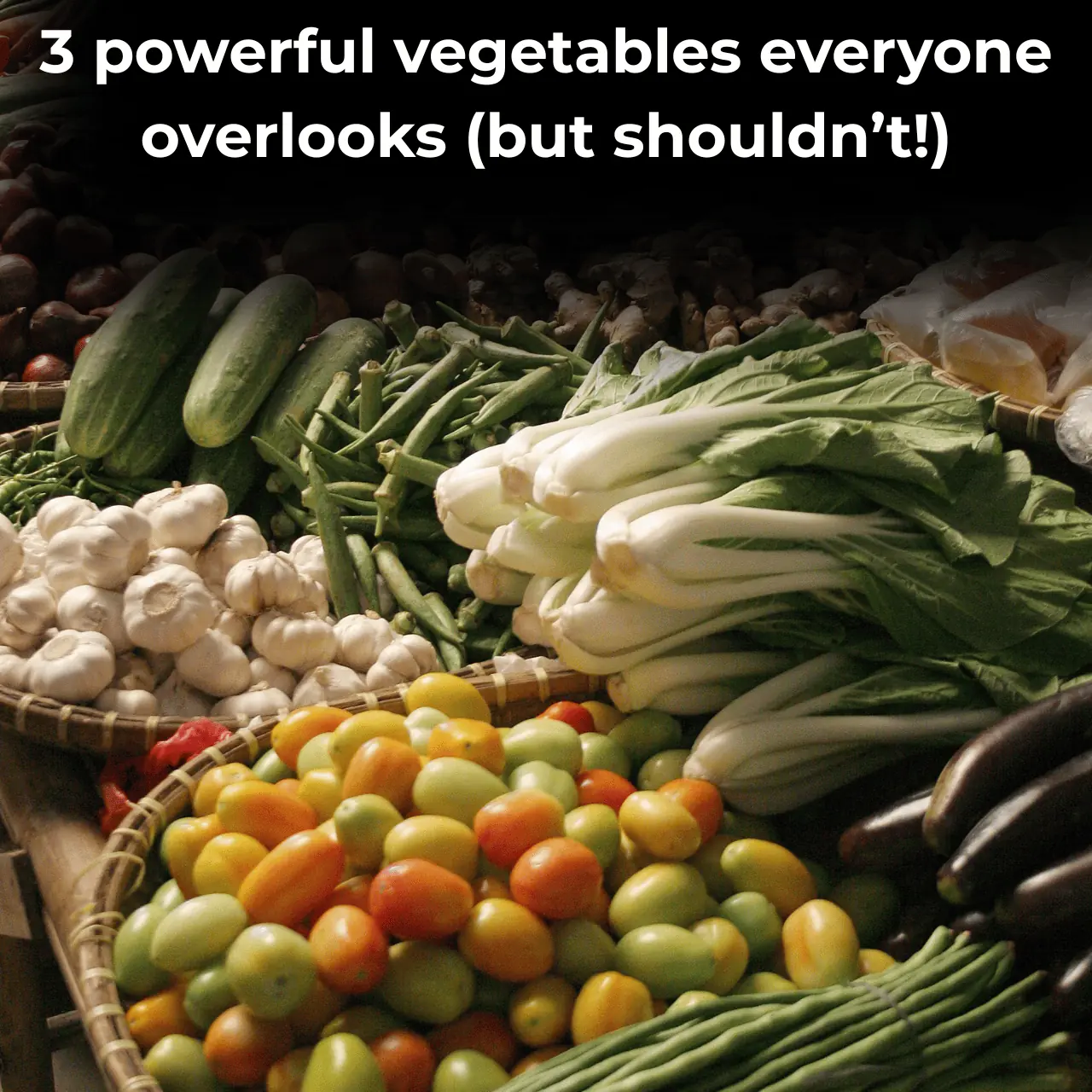
3 powerful vegetables everyone overlooks (but shouldn’t!)
News Post
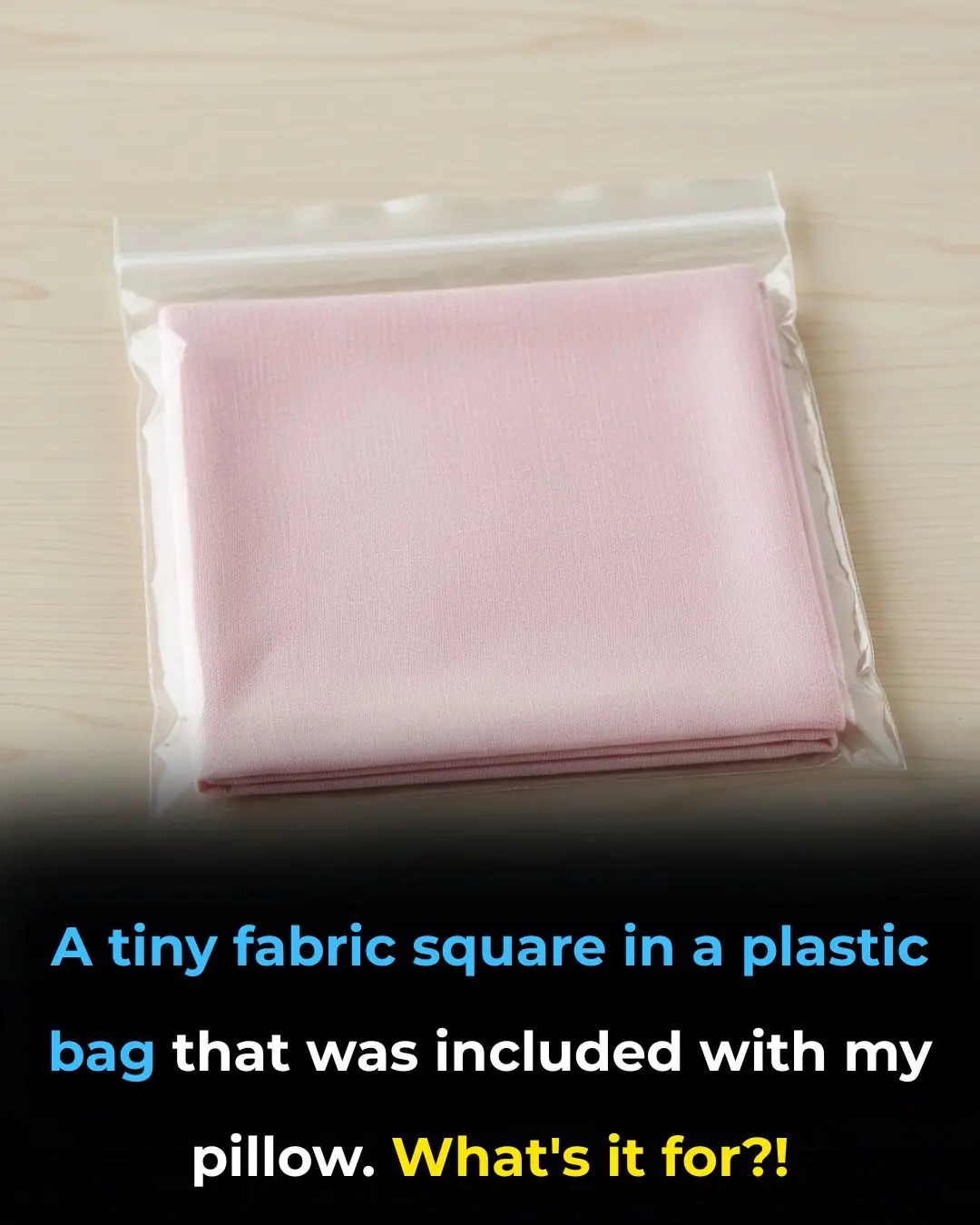
I had no idea

Poor circulation? Simple foods that can get your blood moving again naturally

Count The Squares

Common Drinks That Can Be Bad for Your Liver

Do you sleep on your side? Here's the powerful effect one simple change can have on your body

My nana taught me this hack to de-stink the microwave in 3 mins with 0 work. Here’s how it works

So clever
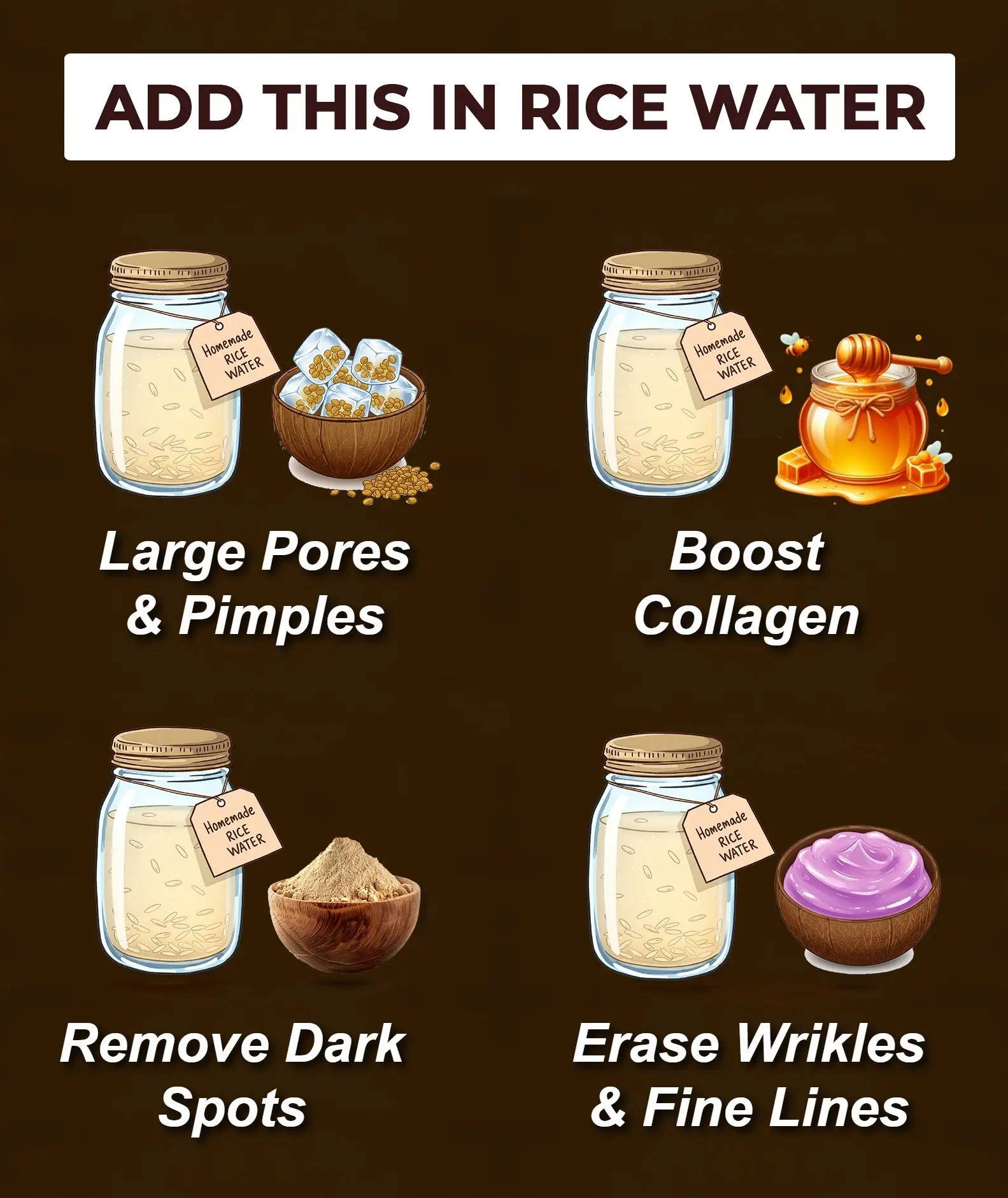
Homemade Rice Water for Skin: Amazing Recipe for Glowing and Youthful Skin

Natural Botox Drops – Secret of Younger Looking Skin
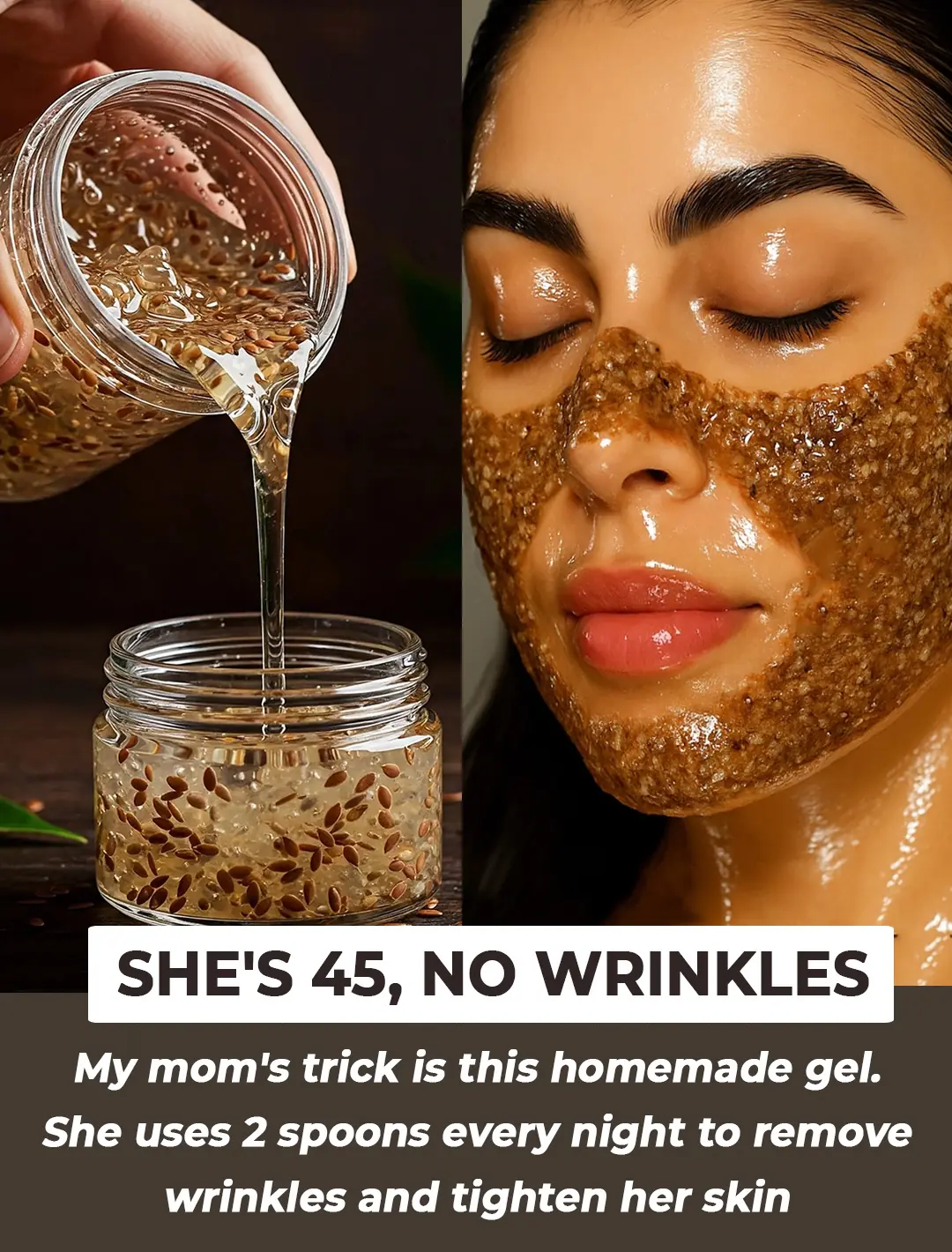
DIY Flaxseed Gel for Glowing Skin: The Natural Solution to Hydrated and Youthful Skin

Easy Recipe to Make ABC Collagen Ice Cubes at Home: The Secret to Glowing, Firm Skin

DIY Turmeric Gel For Ageless Skin: Unlock the Secrets of Radiant and Youthful Complexion
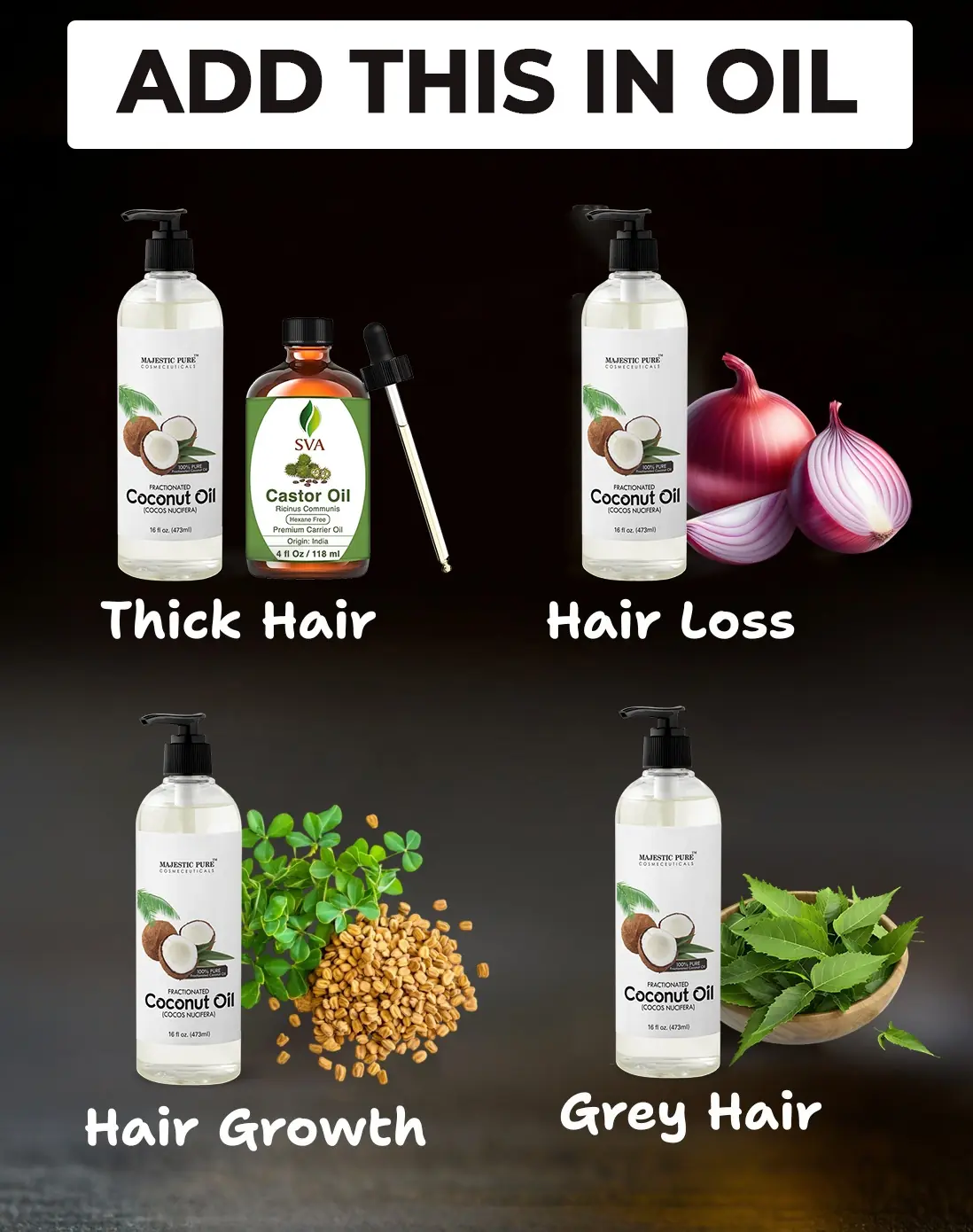
Add This in Your Hair Oil for Healthy, Lustrous Hair

The Ultimate Guide to Homemade Carrot Oil for Glowing, Youthful Skin
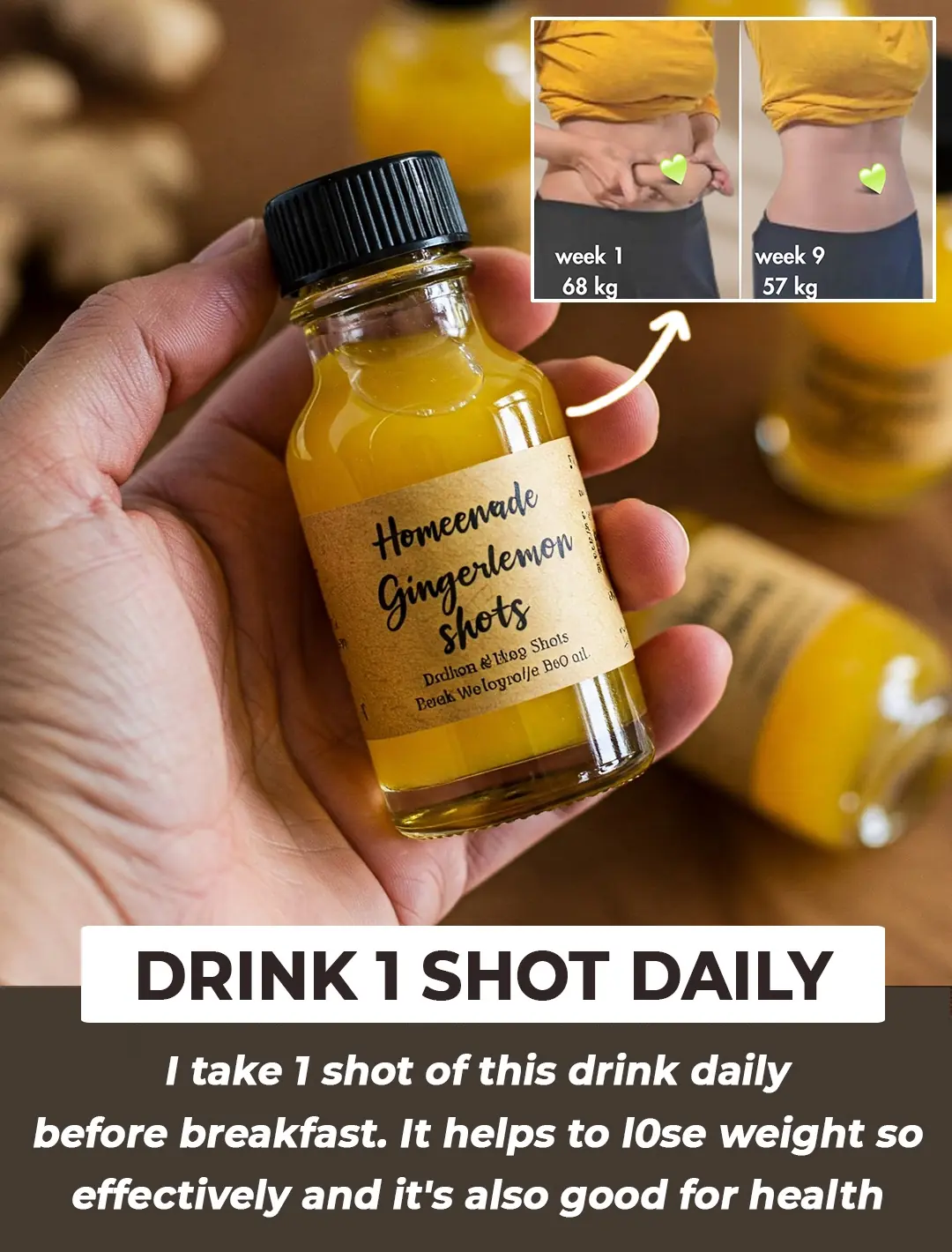
Homemade Ginger Lemon Shot: Your Natural Ally for Effective Weight Loss
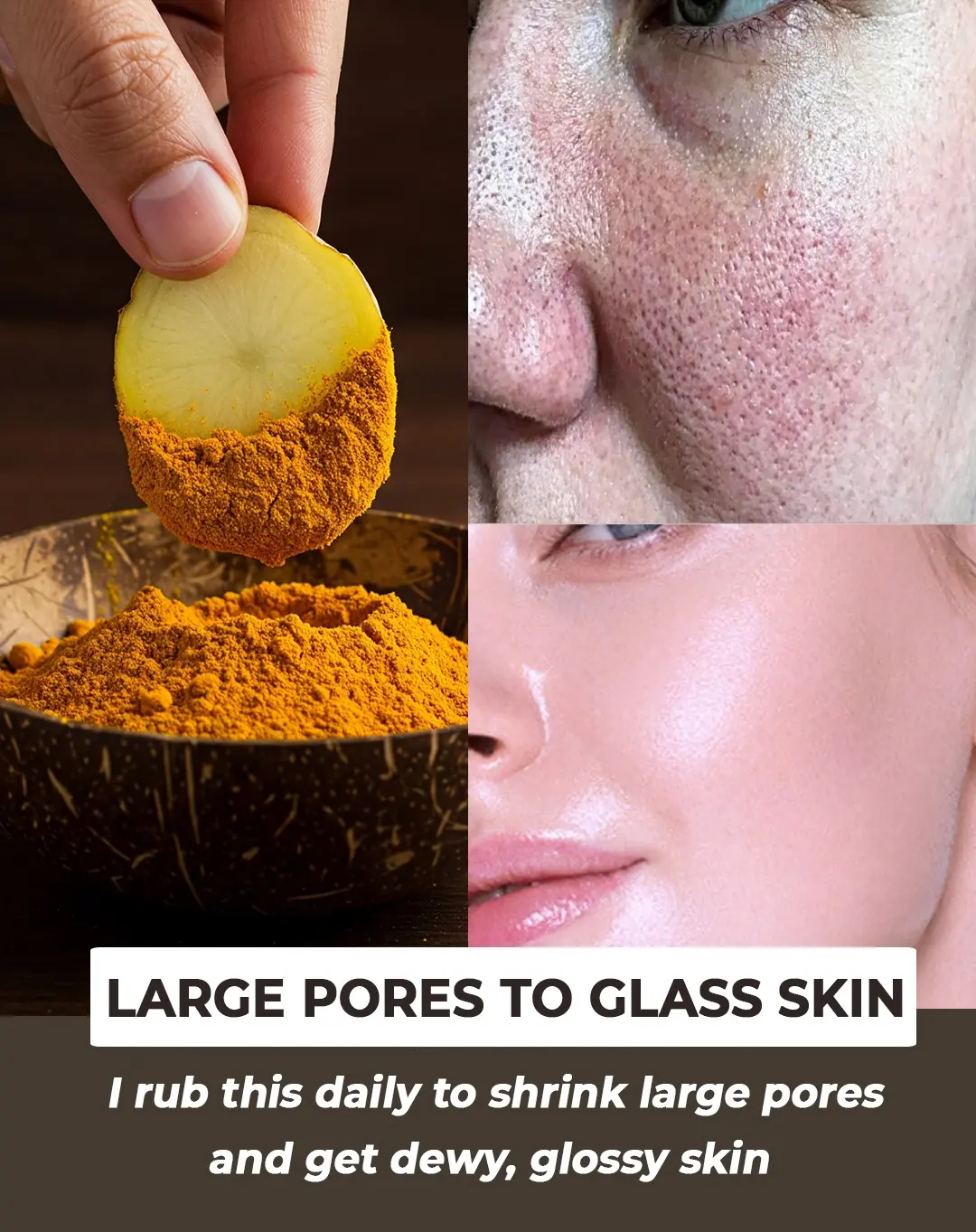
Potato Treatment For Dark Spots & Large Pores
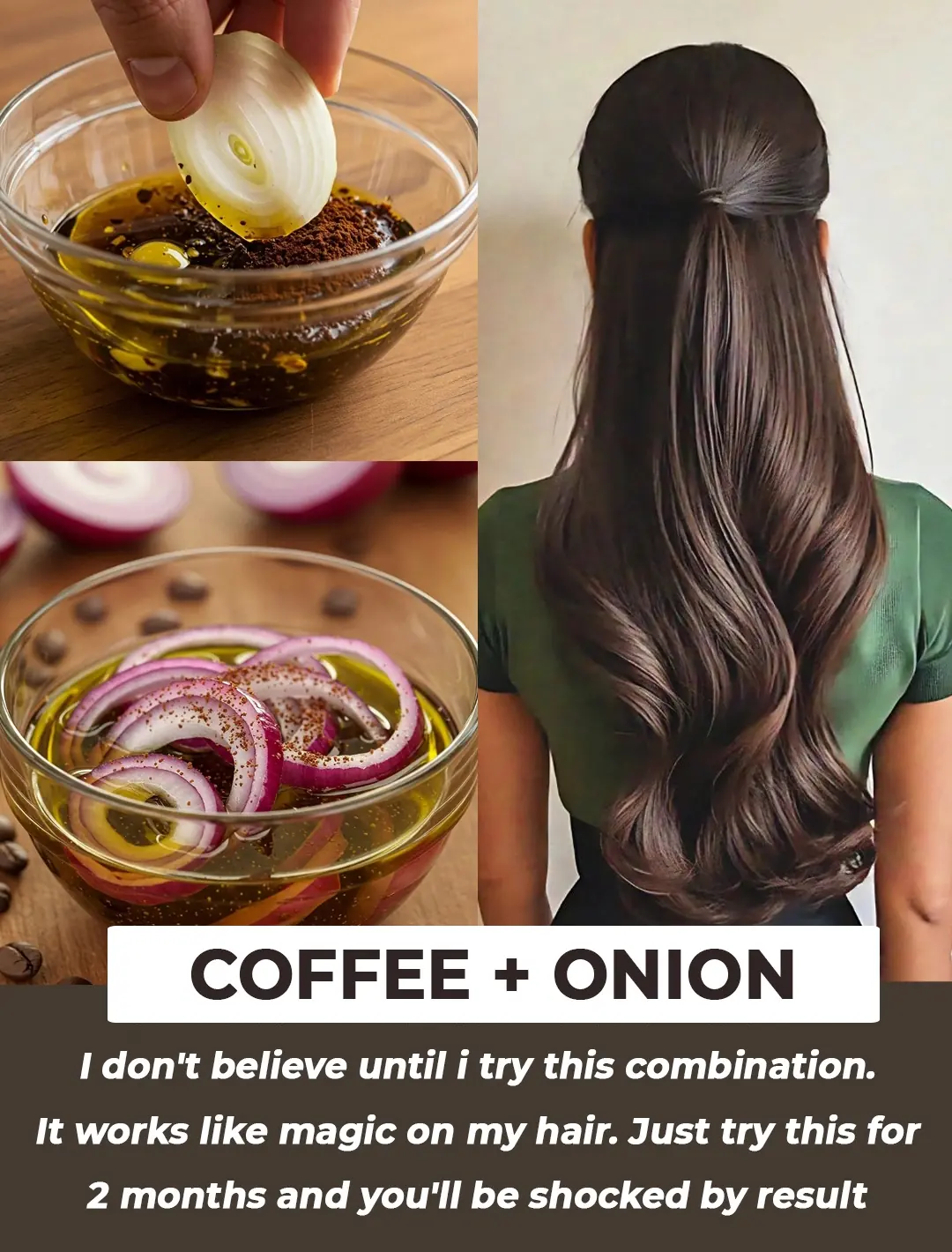
Add Onion and Coffee to Your Hair—The Results Might Shock You
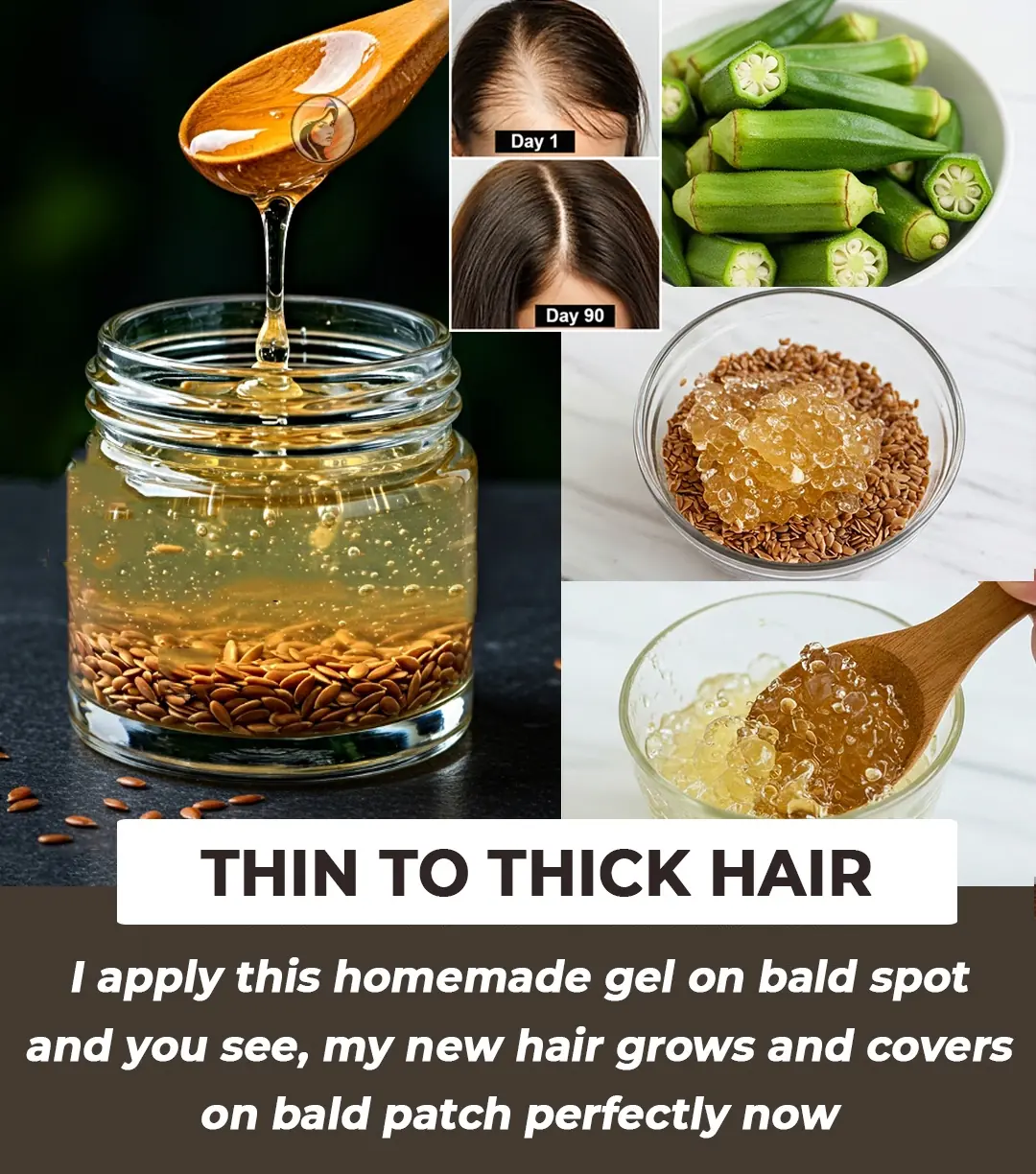
DIY Flaxseed Gel & Okra Hair Gel For Hair Growth & Frizzy Hair

2 Mins Black Shampoo For Grey Hair
